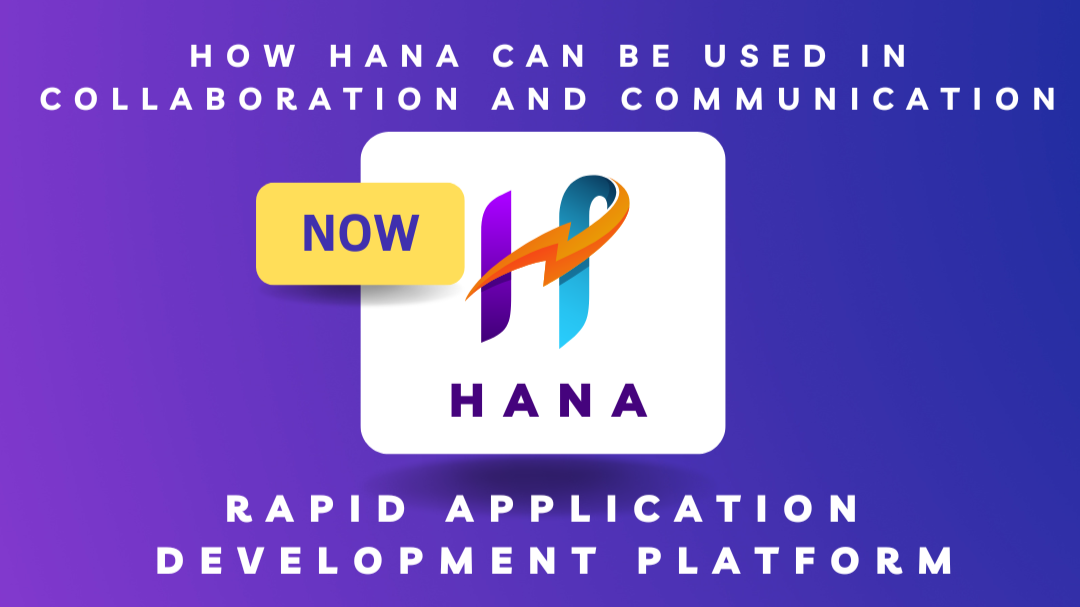- by admin
- April 22, 2025
How HANA Can Be Used in Collaboration and Communication

1. Real-Time Data Sharing
– Implementation: HANA allows teams to access and share real-time data from various sources across the organization.
– Benefits: This ensures that all team members are working with the most current information, leading to informed decision-making and reducing miscommunication.
2. Integrated Communication Tools
– Implementation: HANA can integrate with communication platforms (e.g., Slack, Microsoft Teams) to streamline conversations around specific data points or projects.
– Benefits: Enhances collaboration by providing a unified platform for discussions and decision-making based on real-time data insights.
3. Collaboration on Data-Driven Projects
– Implementation: Teams can collaborate on projects using HANA’s analytics tools to analyze data, create reports, and share findings.
– Benefits: Fosters teamwork by enabling members to work together on data-driven initiatives, improving project outcomes and accountability.
4. Centralized Data Repository
– Implementation: HANA serves as a centralized data repository where all relevant information is stored and easily accessible to team members.
– Benefits: Reduces data silos and ensures that everyone has access to the same information, enhancing collaboration across departments.
5. Custom Dashboards and Reports
– Implementation: Users can create customized dashboards and reports in HANA that visualize key metrics and data insights relevant to their teams.
– Benefits: Facilitates better communication of performance metrics and project status, enabling teams to align on goals and strategies.
6. Feedback and Iteration Processes
– Implementation: HANA can support iterative feedback processes by allowing teams to quickly analyze data and implement changes based on insights.
– Benefits: Promotes an agile working environment where teams can adapt quickly to new information and improve their workflows continuously.
7. Cross-Functional Collaboration
– Implementation: By integrating data from various departments (sales, marketing, operations), HANA supports cross-functional collaboration.
– Benefits: Enhances overall business performance by ensuring all teams are aligned and working towards common goals with shared insights.
8. Project Management Integration
– Implementation: Integrate HANA with project management tools to track progress and analyze data related to project performance.
– Benefits: Provides a comprehensive view of project status, helping teams communicate effectively and address issues promptly.
9. Knowledge Sharing
– Implementation: HANA can facilitate knowledge sharing by enabling teams to document insights, best practices, and lessons learned within the platform.
– Benefits: Encourages continuous learning and development, making valuable information accessible to all team members.
10. Enhanced Decision-Making
– Implementation: Utilize HANA’s real-time analytics to support data-driven decision-making processes across teams.
– Benefits: Improves the quality of decisions made by ensuring that team members have access to accurate and relevant data.
By leveraging HANA for collaboration and communication, organizations can enhance teamwork, streamline processes, and improve overall productivity. The platform’s real-time data analytics, integration capabilities, and user-friendly interface empower teams to work together more effectively, driving innovation and achieving business objectives.
